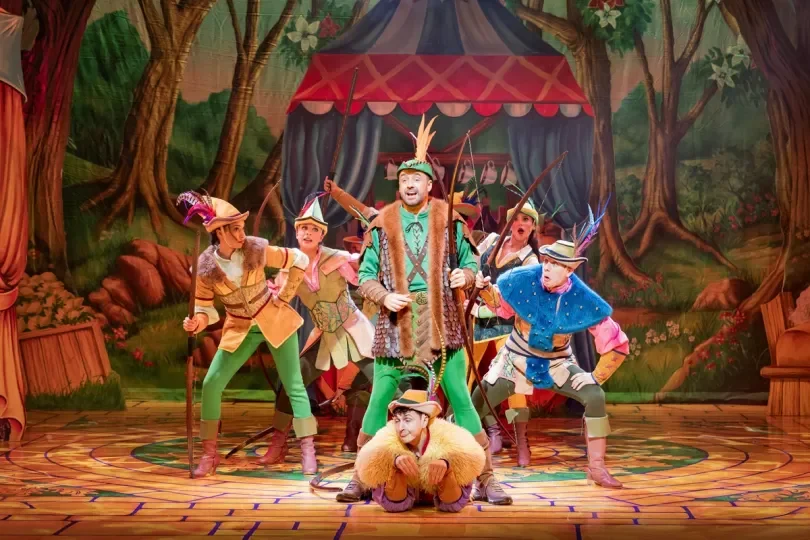Framing Motion: A Review of The Passing of the Wind Review
Written by Tianyi Li for Theatre & Tonic
The Passing of the Wind unfolds not on a stage but within the textures of everyday life. Choreographer places movement in an ordinary setting — a domestic environment where gestures grows from the rhythm of real actions. The result is a film that feels intimate and unforced, yet meticulously constructed. Through careful framing and editing, choreographer turns the simplest gestures into quiet moments of reflection.
Presented under “WTF Thursdays: Motion in Frame” at Chisenhale Dance Space, the event offers a dedicated platform for exploring the intersection of dance work and dance film. Curated with a focus on choreographic thinking through the camera, the programme gathers artists who experiment with movement beyond the stage, challenging conventional ideas of performance and spectatorship. Rather than treating film as a record of dance, the event positions the screen as a choreographic space in itself — one where rhythm, editing, and framing become compositional tools. Within London’s dance world, Motion in Frame has established itself as a meeting point for professional artists, filmmakers, and choreographers, fostering dialogue around how dance can evolve through digital media and alternative presentation formats.
What distinguishes this work is its rejection of formal dance vocabulary. There are no grand extensions or virtuosic leaps; instead, the choreography builds from the habitual. A reach toward a wall, a slow turn, a step through a doorway — each action acquires symbolic weight through repetition and timing. The camera, rather than the stage, becomes the choreographic partner. Its motion defines perspective, guiding the viewer’s eye through the space as if tracing invisible pathways between body and architecture.
In traditional training, dancers learn to orient themselves to the mirrored geometry of the studio such as on face. But here, the absence of that controlled environment becomes an opportunity. Filming in a lived space destabilizes the performer’s sense of direction and the audience’s sense of viewing. There is no front, no fixed gaze; the dance happens around and beyond the frame. Zhou’s use of the moving camera and deliberate cuts turns this disorientation into rhythm. The film’s spatial flow — dancer shifting as the lens pans or retreats — creates a choreography of mutual responsiveness. The body and camera move as one organism, breathing together.
The decision to film within a real environment also alters the emotional register of the piece. The proximity of domestic objects — a wall, a table, a window — grounds the movement in familiarity. It suggests a life being lived rather than performed. The ordinary becomes poetic not through transformation, but through attention. This is where Zhou’s work feels most contemporary: it acknowledges the cinematic frame as both limit and liberation, a way to reimagine how dance might exist outside the theatre.
Within the Motion in Frame showcase at Chisenhale Dance Space, The Passing of the Wind stood out for its clarity of intent. The event itself highlighted how choreographers are rethinking performance through screen-based practice — using film not as documentation, but as composition. Zhou’s work demonstrates how digital editing can extend choreographic thinking, offering fluid transitions and shifting proximities that live performance cannot always achieve.
Still, I was left with a lingering question that hovers around many dance films today: when the audience is no longer seated, when perspective is constantly mediated by a lens, what does presence mean? Zhou’s film doesn’t attempt to answer this definitively, but rather to explore it through form. In doing so, it gestures toward a new kind of dance theatre — one where narrative and space are rebuilt through the interplay of body, camera, and viewer.
The Passing of the Wind reads as both a study and a proposition — a reminder that choreography is not confined to studios or stages, but can emerge wherever movement meets attention. In Zhou’s lens, the everyday becomes ephemeral, and the wind, indeed, passes — quietly, yet profoundly.



















